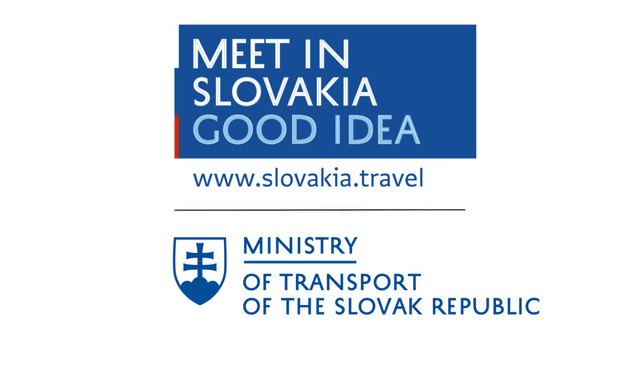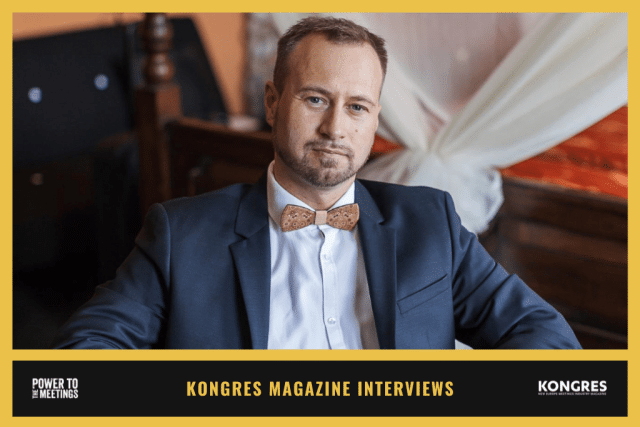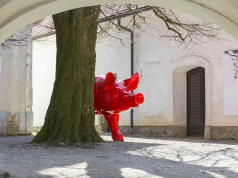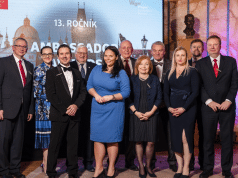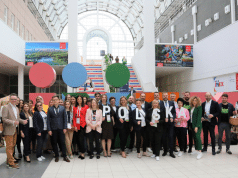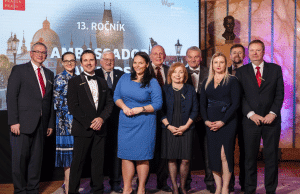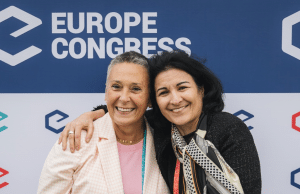INTRO 1: How would you describe your destination if you could only use two to three words?
Surprisingly Close, Exceptionally Smart.
INTRO 2: Which destination do you believe is your biggest competition?
Ljubljana, Krakow, Brno. In general, I would say similar-sized destinations in our neighbouring countries.
INTRO 3: Which destination is an inspiring role model to you?
Dublin. Also, some smaller destinations are inspiring, such as Brno, which is really developing fast in the meetings industry sector.
Q1: How do you see the recognition among the top ten meeting destinations evaluated according to the Meeting Experience Index?
First, we are very proud to be included in the top L meeting destinations based on specific evaluation criteria. Second, we are working very hard to promote our destination through our set-up strategy, together with our partners and members, to make Bratislava more convenient and attractive for international meetings and congresses. Finally, and step by step, we are looking forward to new challenges and opportunities to place our still undiscovered city on the meeting map for the event planners.
Q2: What sets your destination apart from your competition, and what will ensure you have a competitive edge in the future?
Bratislava, the capital of Slovakia, is a modern European metropolis and the only capital in the world located on the border of three states – Slovakia, Austria and Hungary. Besides its strategic location on the River Danube, the Slovakian capital is part of the European Union, using the Euro as the official currency. Bratislava is a cosy city with a stunning downtown full of historic buildings and cultural heritage. In addition, Bratislava is a very walkable city. Walkability paired with great train connections due to the central location in Europe is crucial for the future sustainability mission.
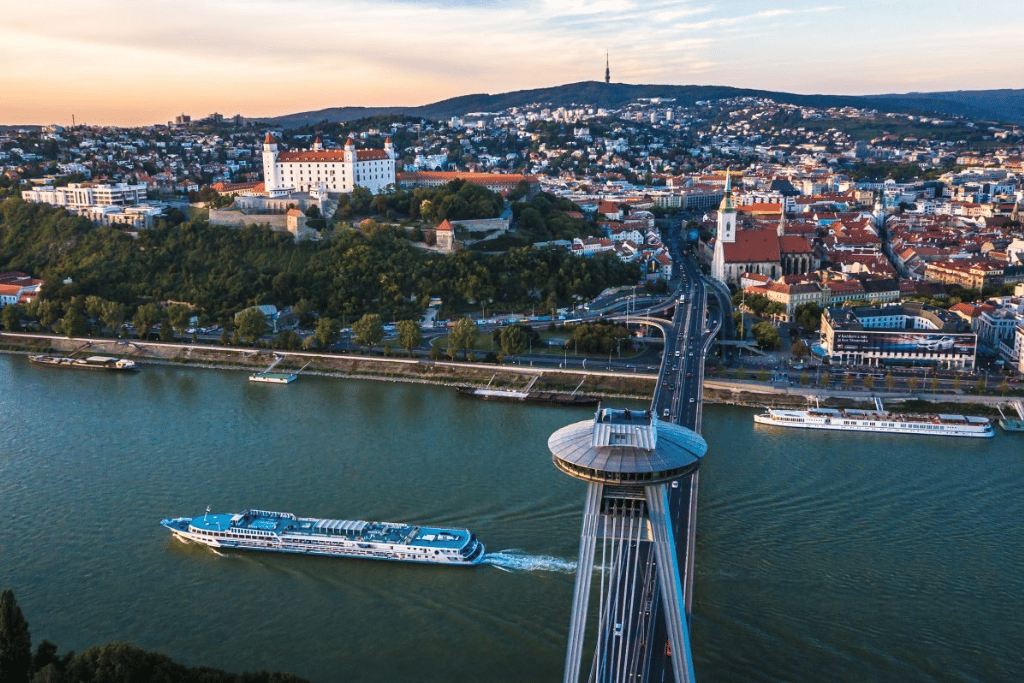
Q3: We live in uncertain times; in the past two years, we have learned how to battle the crisis caused by the corona crisis and face the economic crisis caused by the war. How does your destination cope in such challenging times?
Well, there was a sharp decline on a global and regional level due to travel restrictions when corona started in 2020, followed by the war in 2022. However, the government with local authorities identified the critical areas and agreed on the specific actions to assist in the recovery of the hospitality and tourism sector through various scheme support programs. Moreover, we did not stop with promotional activities in such difficult times but continued with the same enthusiasm to move forward. Despite many conferences and events being cancelled during corona times, they came back later, and the meetings industry is really booming nowadays.
Q4: How do you foresee the future of the meetings industry in the next decade? What topics must the industry address immediately?
Personally speaking, I do not think that meetings will significantly change their structure. However, upcoming global trends, including sustainable development, future mobility, safety and security, technology in our day-to-day life, as well as demographic change, will have very important impacts on the meeting industry. These are the major topics we have to consider today.
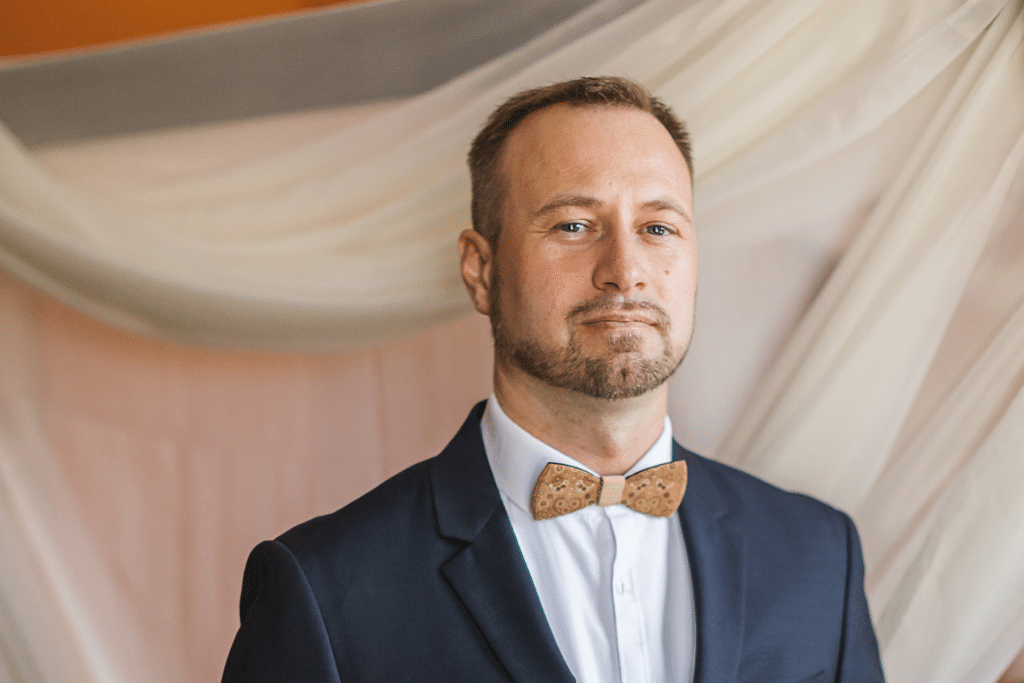
Q5: How does your destination stay up-to-date with the turbulent changes sweeping the meetings industry? What is your advice for our readers?
Most importantly, we try to identify and understand the current changes and what steps we must implement. Therefore, networking and brainstorming with partners play a key role. We all have to be open-minded, considering the sustainability, collaboration trends and changes as major issues the meeting industry faces. It is not about competition but more about cooperation – we are stronger together.
Q6: What should the meetings industry do to attract talented individuals? What is your advice for young talents starting their careers?
Definitely, somebody who wants to work in the meeting industry needs to be passionate about the events and the industry itself. As in every single industry, managers are always looking to attract talented people. It’s the same in the meeting industry. To be honest, the war for talented individuals is fierce after the pandemic, and many agencies are offering MICE-related courses to hire young talents or just trying to attract experienced ones from other industries.

Q7: Where are you positioning your marketing efforts this year and the next?
To be honest, based on our strategy, we continue to put all our efforts into our target markets. Our priority is to be present at international fairs and exhibitions, B2B forums, and promote our destination during fam trips. Our destination is positioned as suitable for small and medium-sized events.
Q8: Your partners are possibly the most demanding meeting planners. What is it like to work with them and meet their needs?
Well, the work with people is always difficult, no matter what industry you are working in. However, we are communicating effectively with our business partners and always being helpful to manage the client’s requirements the proper way.
Read more news from Bratislava Convention Bureau here.
